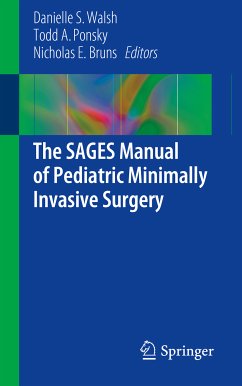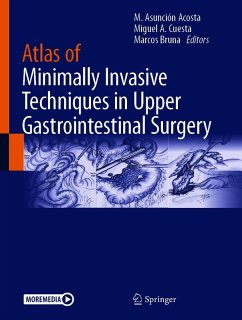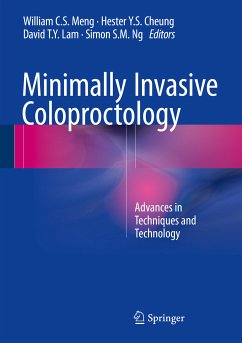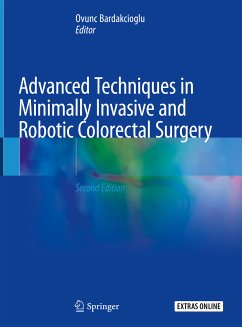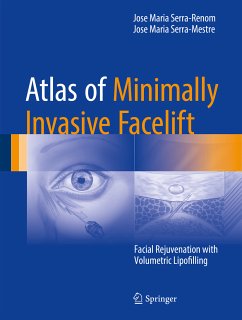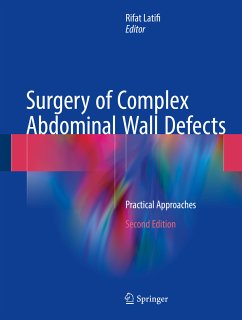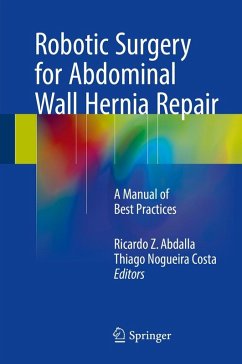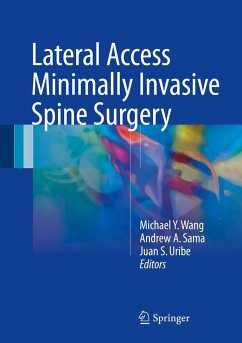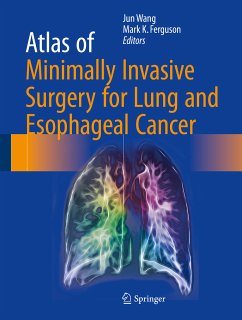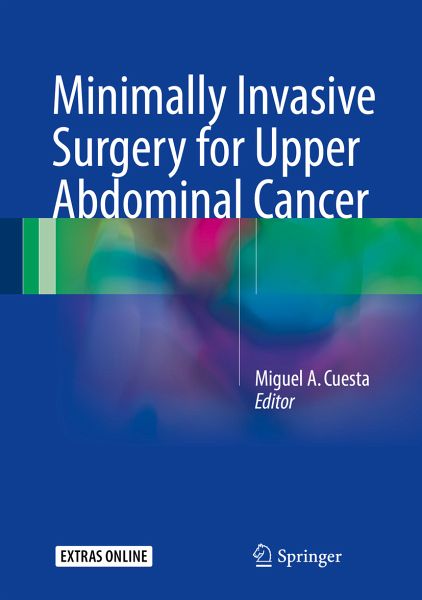
Minimally Invasive Surgery for Upper Abdominal Cancer (eBook, PDF)
Versandkostenfrei!
Sofort per Download lieferbar
96,95 €
inkl. MwSt.
Weitere Ausgaben:

PAYBACK Punkte
48 °P sammeln!
Covers new practices of surgical treatment of upper abdominal digestive diseases
Introduces surgical procedures and systematizes all surgical steps
Shares knowledge through illustrations and videos
Supports teaching through discussion of different modalities of practical educational programs, including telementoring
Introduces surgical procedures and systematizes all surgical steps
Shares knowledge through illustrations and videos
Supports teaching through discussion of different modalities of practical educational programs, including telementoring
Dieser Download kann aus rechtlichen Gründen nur mit Rechnungsadresse in A, B, BG, CY, CZ, D, DK, EW, E, FIN, F, GR, HR, H, IRL, I, LT, L, LR, M, NL, PL, P, R, S, SLO, SK ausgeliefert werden.



